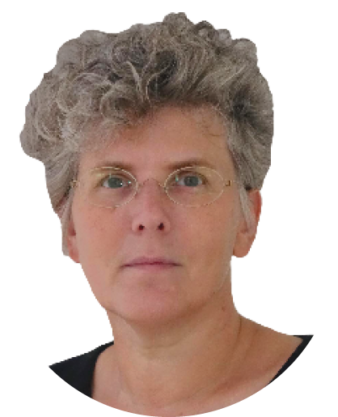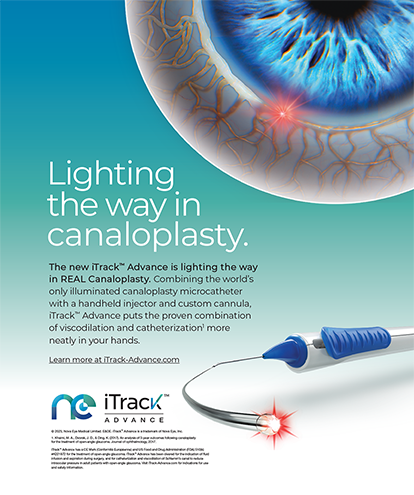
Astigmatism management has always been important in our high-volume multifocal IOL implantation practice. Before toric multifocal IOLs were available, we used laser touch-up or limbal relaxing incisions as methods of fine-tuning astigmatic errors.
Once toric multifocal IOLs became available, we used them in all patients for whom we thought we could prevent a secondary procedure for astigmatism management. Our initial cutoff was around 1.50 D of corneal astigmatism. After we made the switch, our touch-up rate decreased from 16% to 10%. We then changed our standard procedure for power calculations for these lenses. We calculated toric IOLs for all patients with corneas with at least 1.25 D of with-the-rule or 0.75 D of against-the-rule astigmatism. This further reduced our touch-up rate to 7% to 8% (unpublished data).
For the past couple of years, we calculate toric IOLs for most of our patients. In practical terms, this usually applies to those who have corneal astigmatism greater than 0.50 D. We have been implanting IOLs with low toricity since they became available, based on predicted outcome—not on cost. This strategy has reduced our touch-up rate to 4% and at the same time increased patient satisfaction (unpublished data).
MARKING AND ALIGNMENT
For the first few years we used toric IOLs, we marked the cylindrical axis with Nuijts-Mendez toric axis marking instruments (ASICO). Interestingly, in those years, only three of 500 toric multifocal IOLs had to be repositioned. In those three eyes, all had hydrophilic IOLs implanted, with cylinder powers of about 4.00 to 5.00 D, and all had axial lengths greater than 26 mm.
From manual marking, we advanced to marking with the Verion Image Guided System (Alcon) toric marking technology. This has improved outcomes and shortened OR times.
The use of low toric correction makes sense because we want to achieve a constant high level of performance in attaining emmetropia for all patients. We have implemented this practice routinely because we had no budget constraints in our private practice. However, one should keep in mind that toric IOL misalignment can occur with automated marking technology, just as it can with manual marking. For every 10° of misalignment, a toric IOL loses one-third of its cylinder power. Therefore, misalignment of low-cylinder IOLs has less clinical impact than misalignment of IOLs with higher toric powers.
How Dr. Lapid-Gortzak Reduced Her Touch-Up Rate
- Initial touch-up rate: 16%
- Touch-up rate after setting an initial cutoff of 1.50 D of corneal astigmatism: 10%
- Touch-up rate after calculating toric IOLs for all patients with corneas with at least 1.25 D of with-the-rule or 0.75 D of against-the-rule astigmatism: 7% to 8%
- Touch-up rate after adopting use of low-toricity IOLs and calculating toric IOLs for patients who have corneal astigmatism greater than 0.50 D: 4%
CONCLUSION
The ease of use and improved performance of modern toric IOLs, along with the low incidence of repeat surgery for realignment of misaligned lenses with our current techniques, have led us to implement our practice of implanting a toric IOL whenever the predicted error shows that it will enhance outcomes.
Find out how I mark the cylindrical axis in the Table. Click here!




